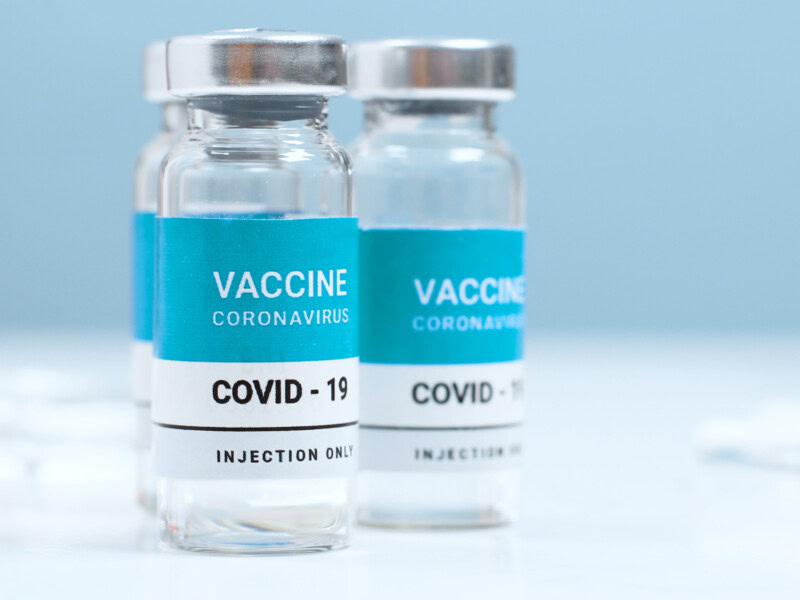It’s been two weeks since you received the second dose of your COVID-19 vaccine or single-dose shot. So, what now? As fully vaccinated individuals, what health and safety guidelines should you follow to help protect yourselves, loved ones, and communities from COVID-19? CTEH’s scientific experts are tackling some of the most FAQ below:
Do individuals who are fully vaccinated need to continue taking precautions?
In May, the CDC noted vaccinated individuals may now “resume activities without wearing a mask or staying six feet apart, except where required by federal, state, local, tribal, or territorial laws, rules, and regulations, including local business and workplace guidance.”
Are individuals allowed to gather if they are fully vaccinated?
Under current CDC guidance, vaccinated individuals “can resume activities that you did prior to the pandemic” such as gatherings indoors without wearing masks or staying six feet apart. The CDC notes that masks should continue to be worn in large crowd settings.
How does being fully vaccinated affect travel plans?
According to the CDC, individuals no longer need to self-quarantine or get tested before or after traveling if they are fully vaccinated. They are still required to provide a negative test result prior to boarding return flights from international trips. They should also get tested three to five days after visiting destinations outside the U.S., but they do not need to self-quarantine. Masks will still be required on planes, buses, trains, and other forms of public transportation.
What should fully vaccinated individuals do if exposed to COVID-19?
In the case of a COVID-19 exposure, fully vaccinated individuals do not need to stay away from others or get tested unless they develop symptoms or live in a group setting.
The CDC urges “everyone—even people who’ve had their vaccines—to continue taking steps to protect themselves and others” from COVID-19. If you have questions about what health or safety guidelines to follow, contact us at webquestion@cteh.com.
Any scientific or medical information included in this article is current as of the date of publication; however, public health knowledge of COVID-19 is rapidly developing. Readers are advised to monitor national, state and local public health agencies for current recommendations regarding any infectious disease.




